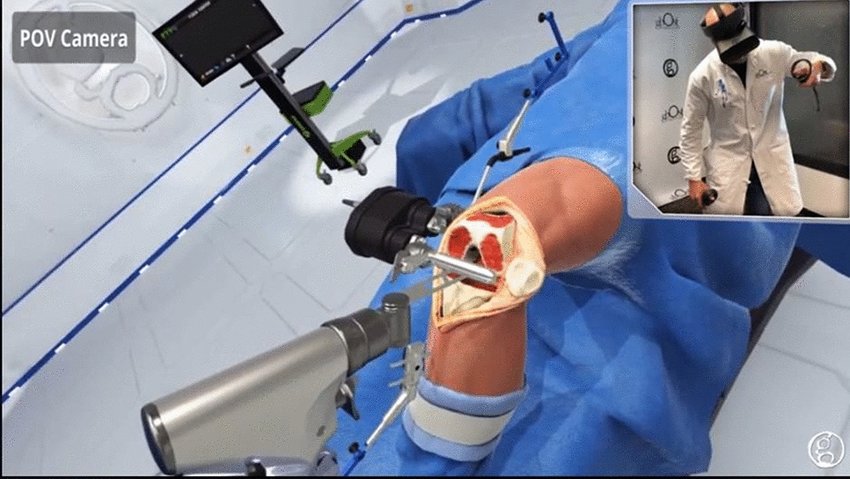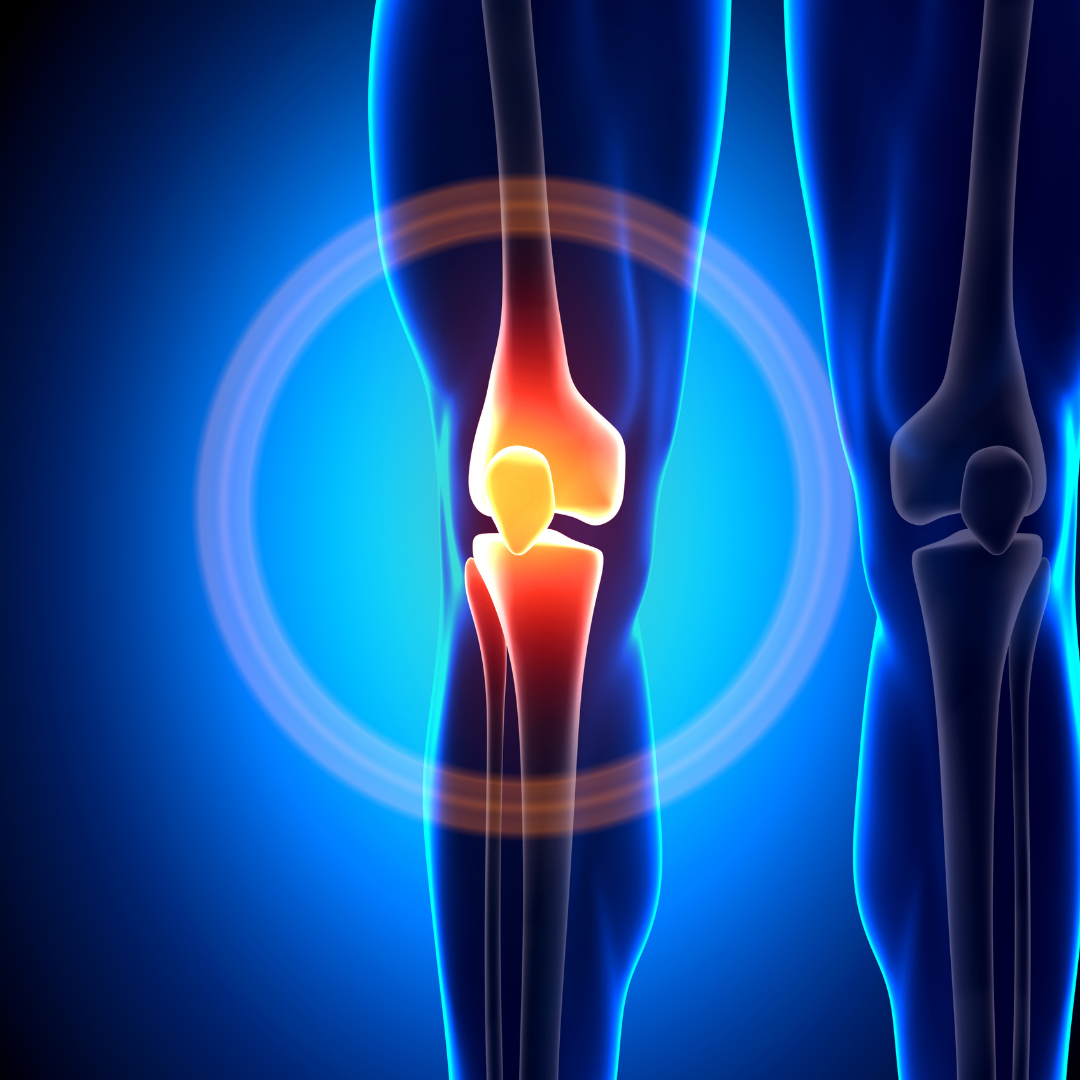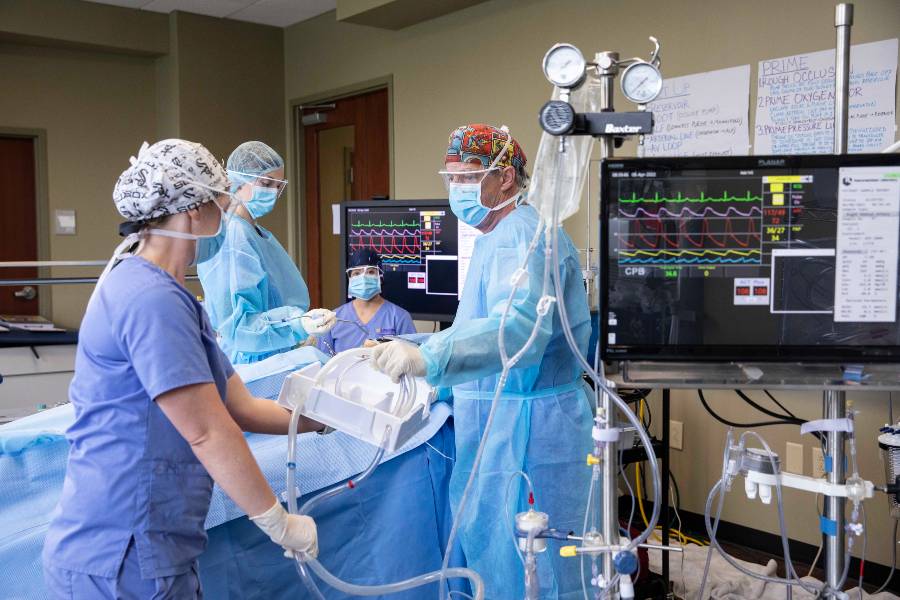Hello, and welcome to this detailed article that promises to be a beacon of hope for those grappling with knee pain and mobility issues. The medical world is not static; it’s an ever-evolving field brimming with new discoveries. Especially this year, 2023 has brought forth transformative advancements in knee replacement technology. And we’re not talking about small incremental updates but ground-shaking innovations that promise to redefine our experience with orthopedic health. Let’s delve into the details.
New Knee Replacement Technology 2023
The year 2023 is a milestone in the medical field, with knee replacement technology advancing like never before. What we have witnessed so far in this domain is nothing short of revolutionary. This year brings with it the perfect blend of state-of-the-art materials, surgical procedures, and post-operative care, making the journey to full mobility a smoother one than ever before.
The Rise of Custom 3D-Printed Implants
Imagine a knee implant tailored to fit your unique anatomy. With the advent of 3D printing, custom implants are no longer a thing of the future. They are a reality, providing better biomechanical matching and thereby reducing the chances of implant failure.
Intelligent Surgical Robots of New Knee Replacement Technology 2023
Robot-assisted surgeries are not new. However, the robots of 2023 come with enhanced capabilities and precision. They assist surgeons in making incisions and alignments with accuracy, which significantly reduces the margin of error and ensures a successful surgery.
Material Advances: Titanium and Ceramics
One cannot overlook the importance of materials in knee replacement technology. Innovations in titanium and ceramics are setting the stage for lighter, stronger, and more durable implants.
Minimally Invasive Procedures
The term “surgery” often conjures up images of long scars and painful recovery. But with minimally invasive surgical techniques, those fears can be put to rest. Small incisions mean less scarring and faster healing.
Computer-Assisted Planning
The pre-surgical stage is as crucial as the surgery itself. Computer-assisted planning tools enable surgeons to visualize the surgery beforehand, ensuring an optimal strategy for each unique case.
Telemedicine Post-Surgery Care
Post-operative care is going digital. Telemedicine platforms make it easier for patients to consult their surgeons without the hassle of frequent hospital visits, making the recovery process more comfortable and more efficient.
Wearable Health Monitors
Keep track of your progress with wearable health monitors designed to assess your post-surgery activity levels and knee function. These gadgets feed real-time data to your healthcare provider, making adjustments to your recovery plan a cinch.
Virtual Reality for Pre-Surgery Training
Imagine walking through your surgical procedure before it happens. Virtual reality now offers this, preparing patients mentally for the surgery and thereby reducing anxiety.

Nanotechnology in Implants
Nanotechnology is stepping into the realm of knee replacements, offering surface modifications at the molecular level. This promises better osseointegration and reduced wear and tear.
Improved Pain Management Protocols
New drugs and therapies are continually being developed for pain management. The goal is to make the post-operative period as pain-free as possible, allowing patients to focus solely on recovery.
The Future Outlook New Knee Replacement Technology 2023
What we see today is just the tip of the iceberg. With advancements in biotechnology and materials science, the future of knee replacement looks brighter than ever.
FAQs
What is 3D Printing in Knee Replacement?
3D printing in knee replacement refers to creating custom implants that are designed to fit the unique anatomy of the individual. This technology uses a 3D model of the patient’s knee to print an implant that offers a better fit and biomechanical alignment.
How Do Surgical Robots Enhance Accuracy?
Surgical robots are equipped with advanced algorithms and visual aids that assist surgeons in performing precise cuts and alignments. This minimizes the risk of errors and ensures better outcomes.
Are Titanium Implants Better?
Titanium implants are lighter and more durable than their counterparts. They also offer excellent biocompatibility, reducing the risk of allergic reactions or infections.
How Long is the Recovery Time for Minimally Invasive Surgery?
Minimally invasive surgeries often result in quicker recovery times. Patients usually start walking within a couple of days and return to normal activities within weeks.
Is Telemedicine Effective for Post-Surgery Care?
Telemedicine offers an efficient way for doctors to monitor your progress and make necessary adjustments to your recovery plan without the need for you to visit the hospital repeatedly.
Can I Trust Wearable Health Monitors?
Wearable health monitors provide real-time data on your activity levels and knee function, making them a reliable source for tracking your recovery progress.
Conclusion
It’s an exciting era for anyone considering a knee replacement. The technological strides made in 2023 alone can dramatically change the patient experience, offering quicker recoveries, less pain, and ultimately, a better quality of life. As technology continues to advance, we can only expect these developments to keep improving, making knee replacement surgeries more efficient, safer, and more personalized than ever before.











